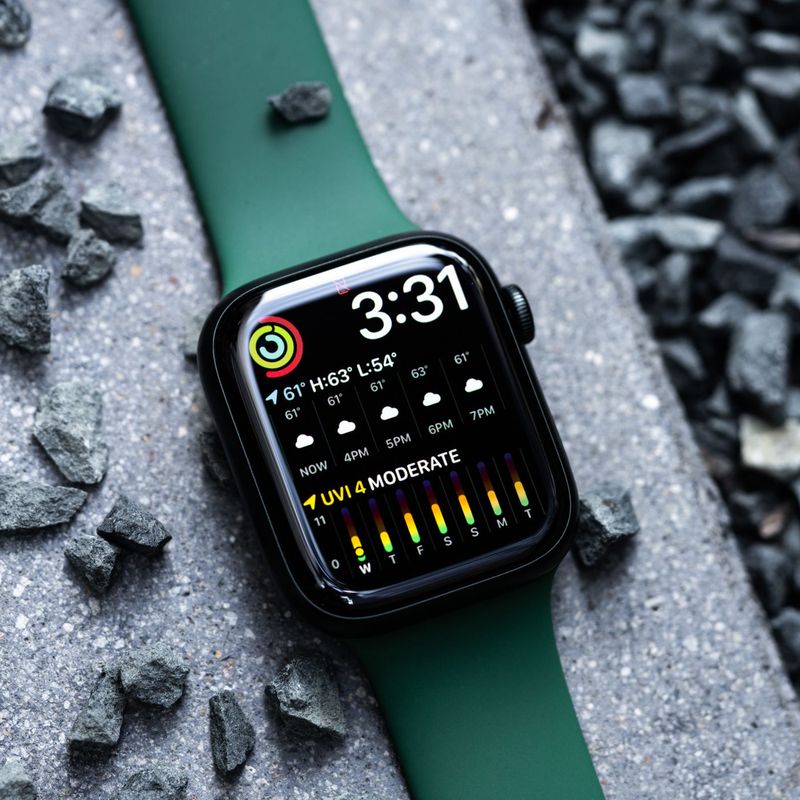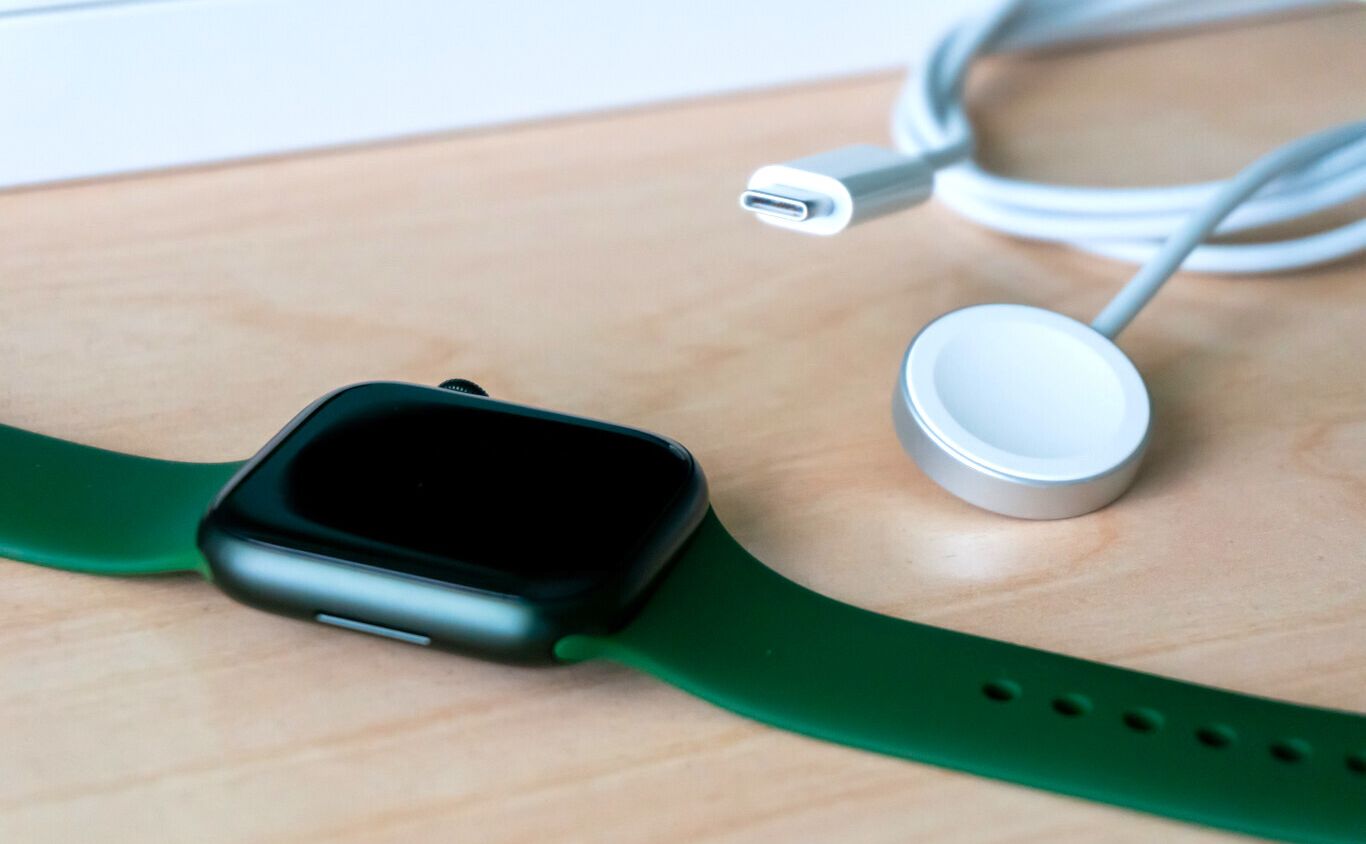Before the Apple Watch Series 7 was launched, we learned from FCC documentation that it contains a module that allows wireless connection on the 60.5 GHz frequency, which is similar to the frequencies used by several WiFi routers.
Apple Watch Series 7 no longer has a diagnostic port, now maintenance is done wirelessly
As far as the user is concerned, the Apple Watch does not have any connector or port. The only way to charge our watch is to lay it on its wireless charging pad. The Apple Watch, on the other hand, features official technical support and diagnosis port that may be used for a variety of functions.
Or at least it counted since it is in the Apple Watch Series 7 where Apple has already abandoned this connector and has opted for the use of wireless technology. What is the purpose of this odd and obscure seaport? For example, if necessary, they may perform a watchOS restore in an Apple Store.

It’s also possible to run diagnostic tools on this port to ensure that the watch is in good working order. However, as of now, these procedures will be carried out wirelessly. To do this, the Apple Watch must be placed in a specific 60.5 GHz communication module-containing magnetic charging cradle, according to the FCC’s documentation.
This way, the Apple Watch Series 7 may be repaired without having to use physical connections. This is a move that makes a lot of sense. Recall that the Apple Watch Series 7 is the first to have an IP6X dust resistance certification, which may have been aided by the loss of a physical port.
A field of experimentation for the iPhone
Beyond the Apple Watch, and with our sights already set on the rumors, we have to talk about the iPhone. Recall that several reports speak of a future iPhone 14 without ports. Removing the port on an iPhone is more difficult than removing a component and creating a one-piece frame: you must think about restoration, as well as developer debugging techniques.
While Apple is considering the prospect of resurrecting our phones from a type of built-in recovery partition, something similar to what we can already do on our Macs, it’s obvious that the Apple Watch Series 7’s diagnostic and maintenance system could be a fascinating testing ground before this technology is applied to the iPhone.
Apple’s ambitious goal of eliminating as many ports as possible from its products is already a reality, as can be seen from the design and past actions such as eliminating the headphone jack. They’ve already done it with the Apple Watch; now it’s iPhone’s turn.





